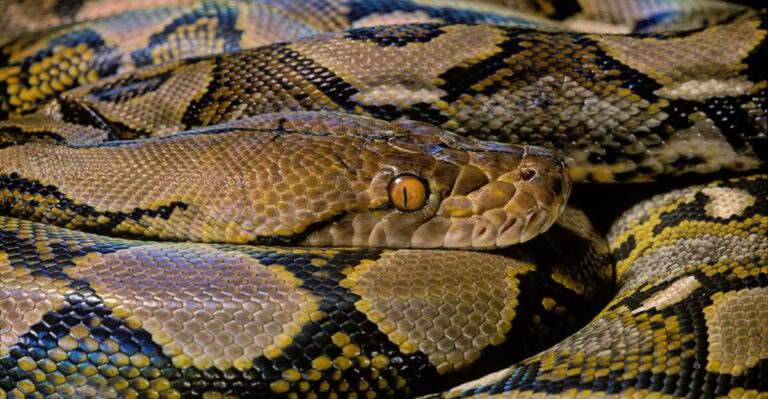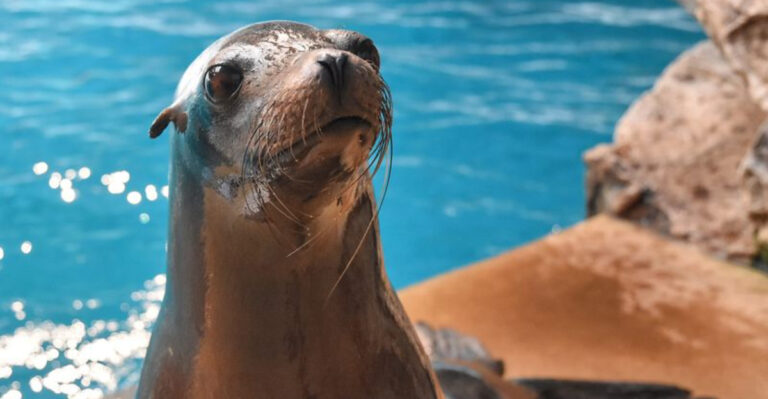Deep Sea Gigantism: Why Deep Sea Creatures Evolve Into Gigantic Beasts
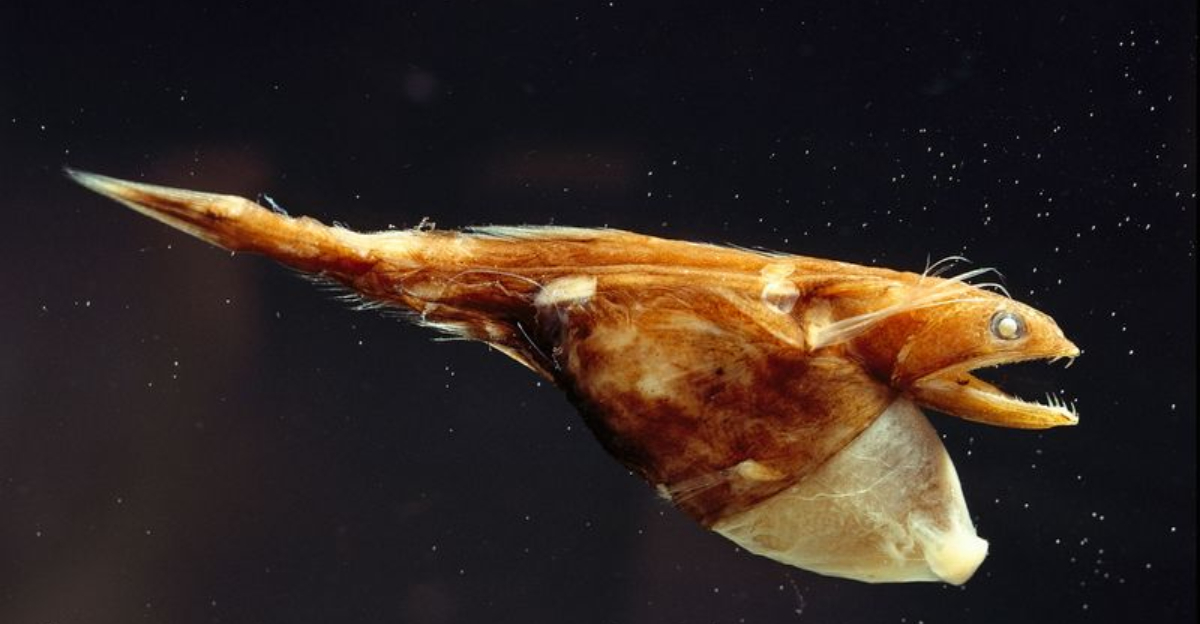
The mysterious deep ocean hides creatures of extraordinary size that seem straight out of science fiction. Deep sea gigantism describes how animals living in extreme depths grow much larger than their shallow-water relatives.
From colossal squid to giant isopods, these enormous creatures have evolved unique adaptations that help them thrive in one of Earth’s most challenging environments.
1. Lower Metabolism Due To Cold Temperatures
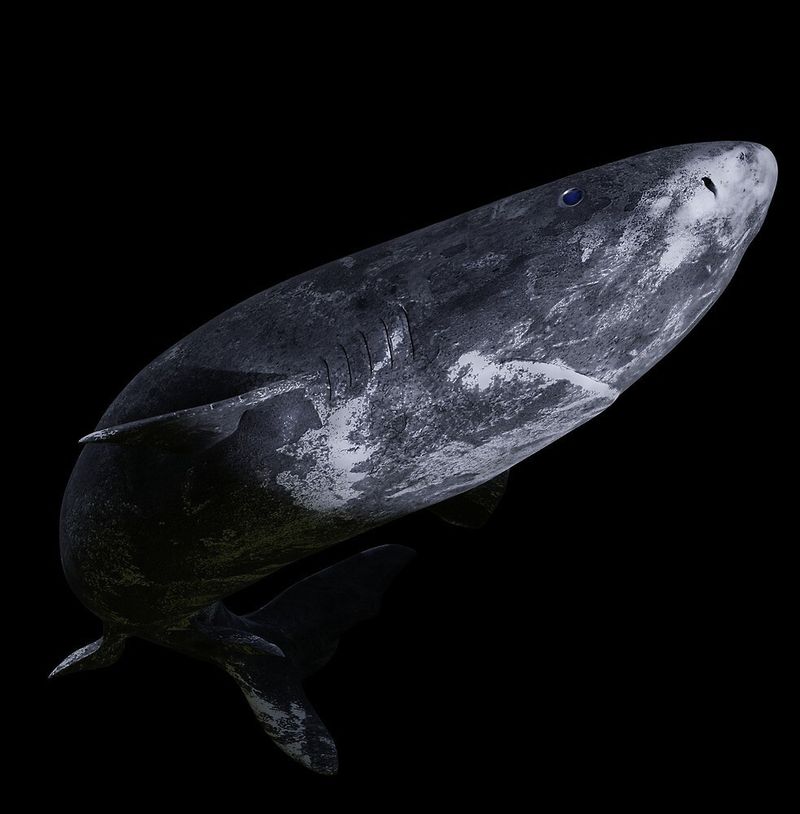
The frigid waters of the deep ocean naturally slow down metabolic processes in marine organisms. This metabolic slowdown means less energy is needed for basic survival functions.
With reduced energy requirements, these creatures can direct more resources toward physical growth over their extended lifespans. The cold-induced metabolic efficiency essentially creates perfect conditions for achieving impressive size without burning through limited food resources.
2. Lack Of Predators
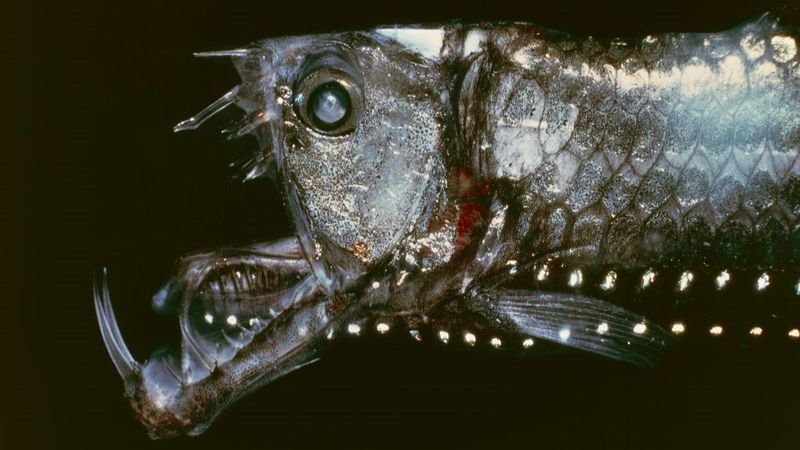
Freedom from predation pressure gives deep sea creatures a unique advantage. Without constant threats from above, these animals don’t need to invest energy in complex escape mechanisms or defensive adaptations.
This evolutionary freedom allows resources to be channeled directly into growth. Many deep ocean giants have developed their impressive size precisely because they can afford to grow larger without becoming more vulnerable – unlike their shallow-water cousins who must balance size with escape ability.
3. Reduced Competition For Food
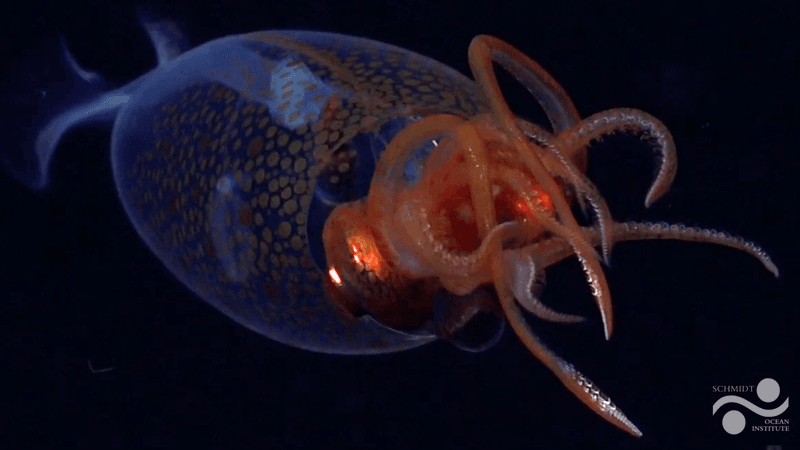
Larger bodies provide competitive advantages when resources are scarce. Bigger creatures can travel farther distances using less proportional energy, expanding their hunting territories significantly.
A size advantage means these giants can outcompete smaller organisms for the same limited food sources. Their impressive dimensions allow them to consume larger prey items too, opening up additional food sources that smaller creatures simply cannot access or process.
4. Slow Growth Rates
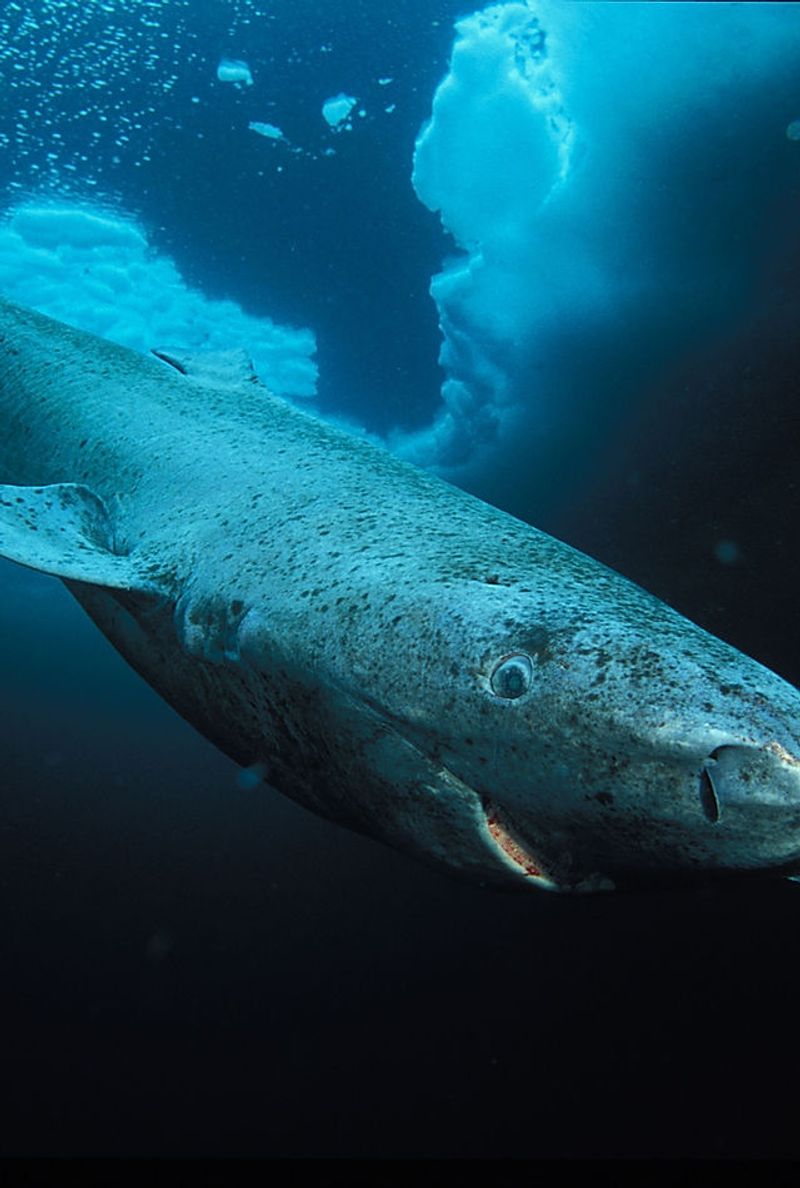
Deep sea giants aren’t built in a day! These creatures typically grow at remarkably slow rates compared to their surface-dwelling relatives. Some deep sea fish may take decades to reach full size.
This unhurried development allows for more stable cellular growth patterns. Without pressure to mature quickly, their bodies can focus on building robust structures that support larger sizes. The patience of evolutionary time has rewarded these creatures with extraordinary dimensions.
5. Pressure-Induced Growth
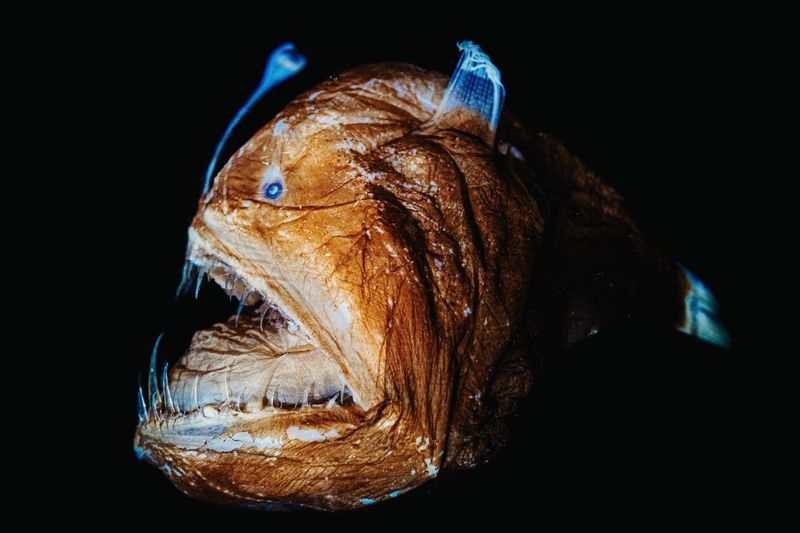
The crushing pressure of deep waters creates unique cellular challenges. Organisms have evolved special adaptations to maintain structural integrity under these extreme conditions.
Surprisingly, larger body sizes can actually help distribute pressure forces more effectively. Think of it as architectural scaling – just as larger buildings need different structural supports, bigger marine creatures develop body plans that better withstand the intense pressure of their deep habitat.
6. Energy Efficiency
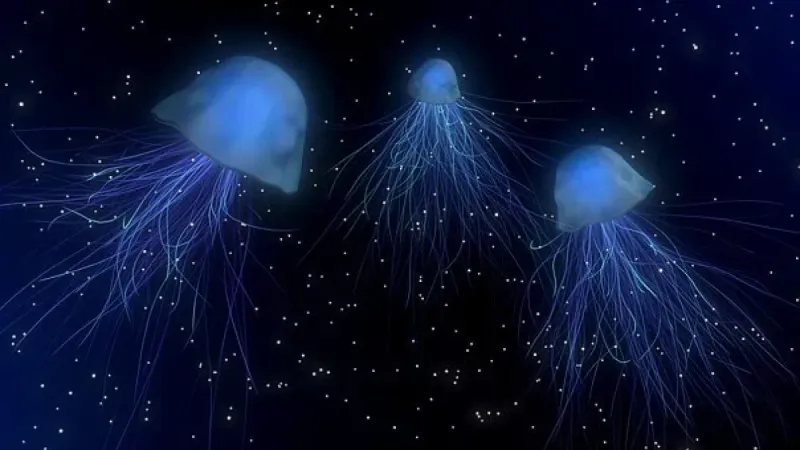
Giant deep sea creatures are masters of energy conservation. Their larger bodies have more favorable surface-to-volume ratios, which means they lose less heat relative to their size.
This improved thermal efficiency becomes crucial in an environment where food is scarce. Many deep sea giants have evolved specialized metabolic pathways that extract maximum energy from each meal. Some can survive months between feeding opportunities – a vital adaptation for thriving in the food-limited abyss.
7. Gigantism As A Response To Darkness
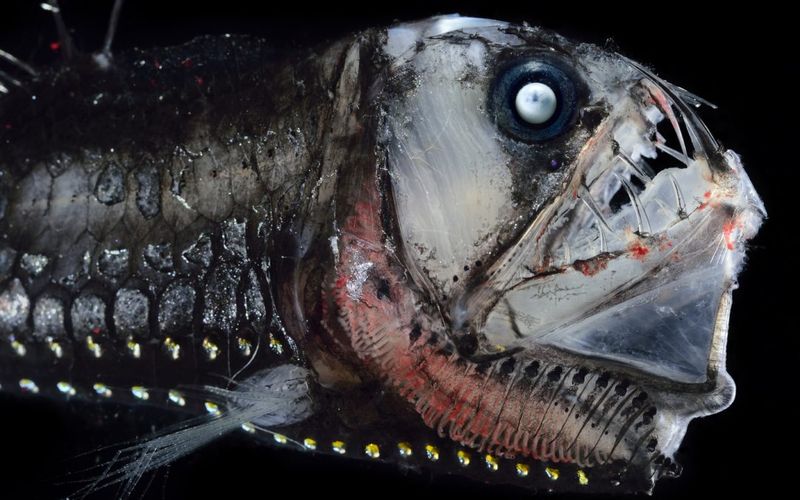
When you can’t see, being bigger helps! In perpetual darkness, larger sensory organs can detect the faintest signals – electrical fields, vibrations, or chemical traces – from much greater distances.
Many deep sea giants have evolved extraordinarily sensitive lateral lines and expanded sensory surfaces. Their increased size allows for more elaborate sensory networks throughout their bodies. This enhanced perception gives them a hunting advantage that directly supports their impressive growth.
8. Bigger Bodies Help Capture More Food
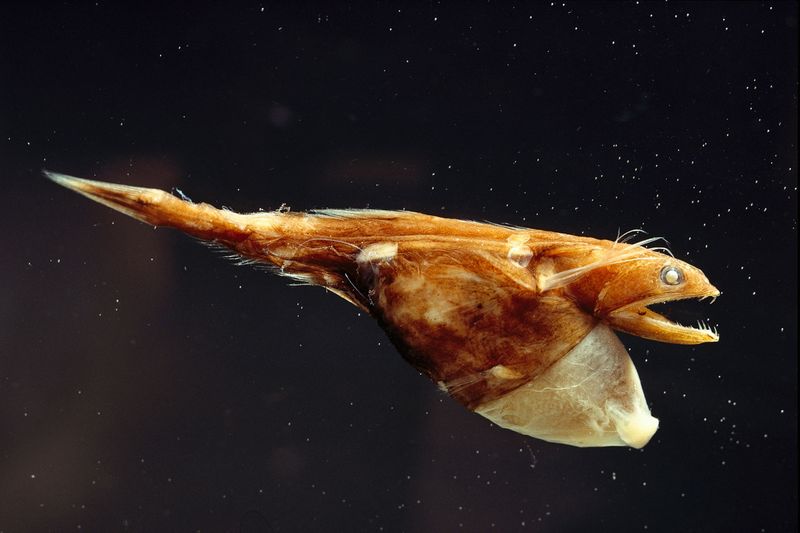
Hunting efficiency increases dramatically with size in the deep ocean. Larger mouths can create stronger suction forces to capture prey from greater distances. Some deep sea predators can essentially vacuum up food from the ocean floor!
Expanded stomach capacity allows these giants to take full advantage of feast-or-famine conditions. When food is found, they can consume enormous quantities in a single feeding event. This opportunistic gorging supports their massive size during long periods between meals.
9. Gigantism To Withstand Temperature Variability
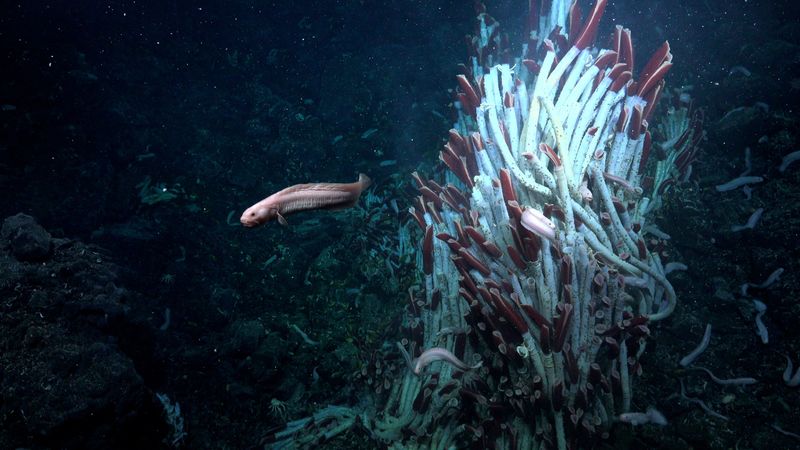
Thermal stability becomes a superpower at extreme depths. Larger bodies maintain internal temperatures more consistently against environmental fluctuations that would devastate smaller organisms.
This temperature regulation advantage is particularly important near hydrothermal vents. Here, water temperatures can shift dramatically within short distances. Giants can extend across these thermal gradients without experiencing the physiological shock that would harm smaller creatures, allowing them to exploit resource-rich but thermally challenging habitats.
10. Adaptive Evolution For Long-Distance Travel
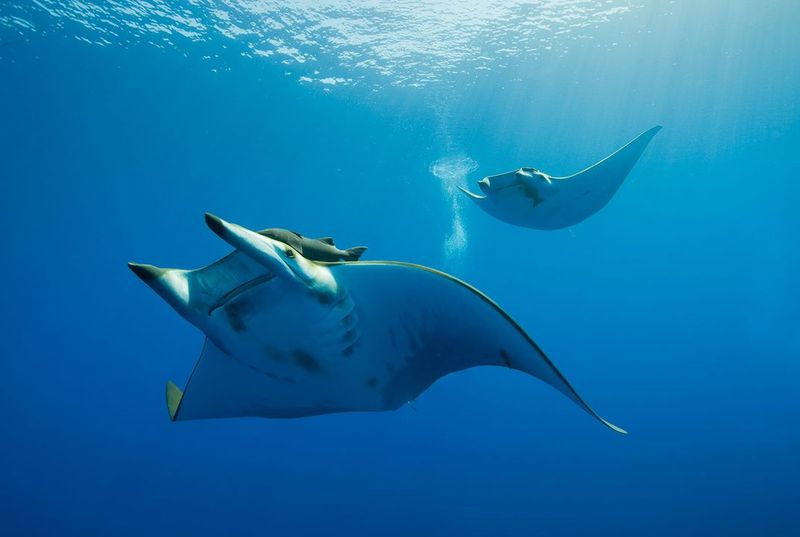
The vast emptiness of deep oceans demands efficient travel capabilities. Larger creatures naturally develop more powerful swimming muscles relative to their body mass, enabling them to cover greater distances with each movement.
This travel efficiency becomes critical when searching for mates in sparsely populated depths. Some deep sea giants migrate hundreds of miles during breeding seasons! Their impressive size directly supports these marathon journeys through the crushing pressures of the deep.
11. Decreased Need For Fast Reproduction
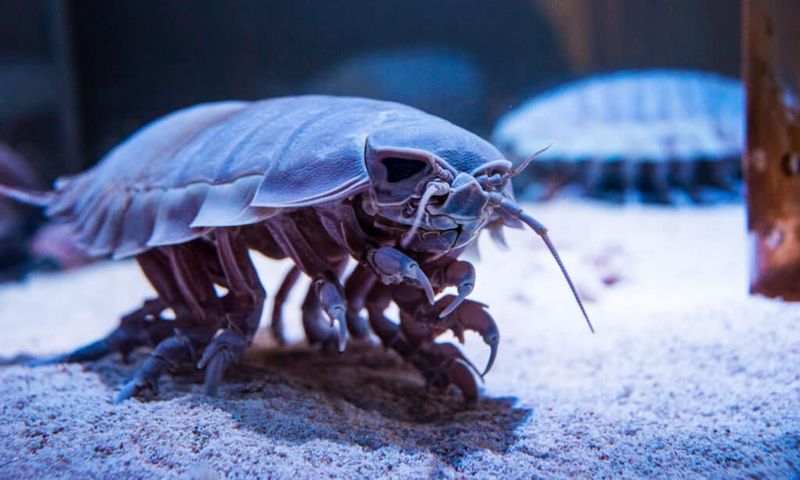
Quality over quantity becomes the reproductive strategy in stable deep environments. Many giant species invest in fewer but larger offspring with better survival chances, rather than producing thousands of vulnerable young.
This reproductive approach supports gigantism by redirecting energy from constant reproduction to personal growth. Some deep sea giants may reproduce only a few times in their entire lives! Their impressive size reflects this evolutionary trade-off – growing massive bodies instead of continuously producing offspring.
12. Chemical Energy Reliance
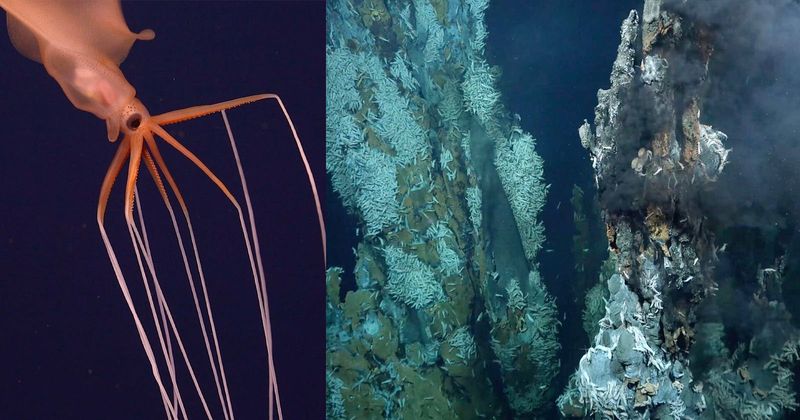
Deep sea giants often thrive near hydrothermal vents and cold seeps where chemical energy abounds. These oases of abundance support entire ecosystems in the otherwise sparse deep ocean.
Larger bodies can house more symbiotic bacteria that help process chemical compounds. Some giants have evolved specialized organs filled with beneficial microorganisms that convert toxic chemicals into usable energy. This unique energy harvesting strategy supports their massive growth in an environment where sunlight never reaches.
13. Escape From Oceanic Stress
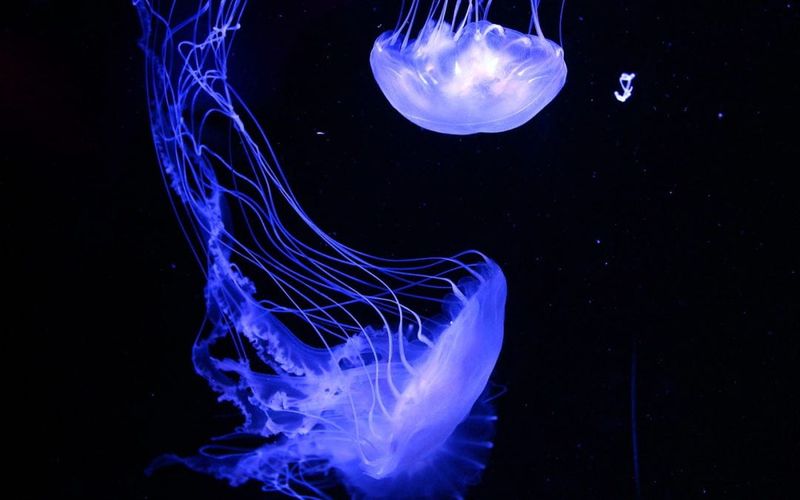
The deep sea offers surprising stability compared to shallow waters. Surface oceans experience constant disturbances – storms, temperature swings, and human activities – while deep environments remain relatively unchanged for millions of years.
This environmental consistency allows for specialized adaptations including gigantism. Without needing to constantly adjust to changing conditions, deep sea creatures can focus evolutionary energy on size optimization. Their massive bodies represent the ultimate adaptation to life in one of Earth’s most extreme yet paradoxically stable environments.



